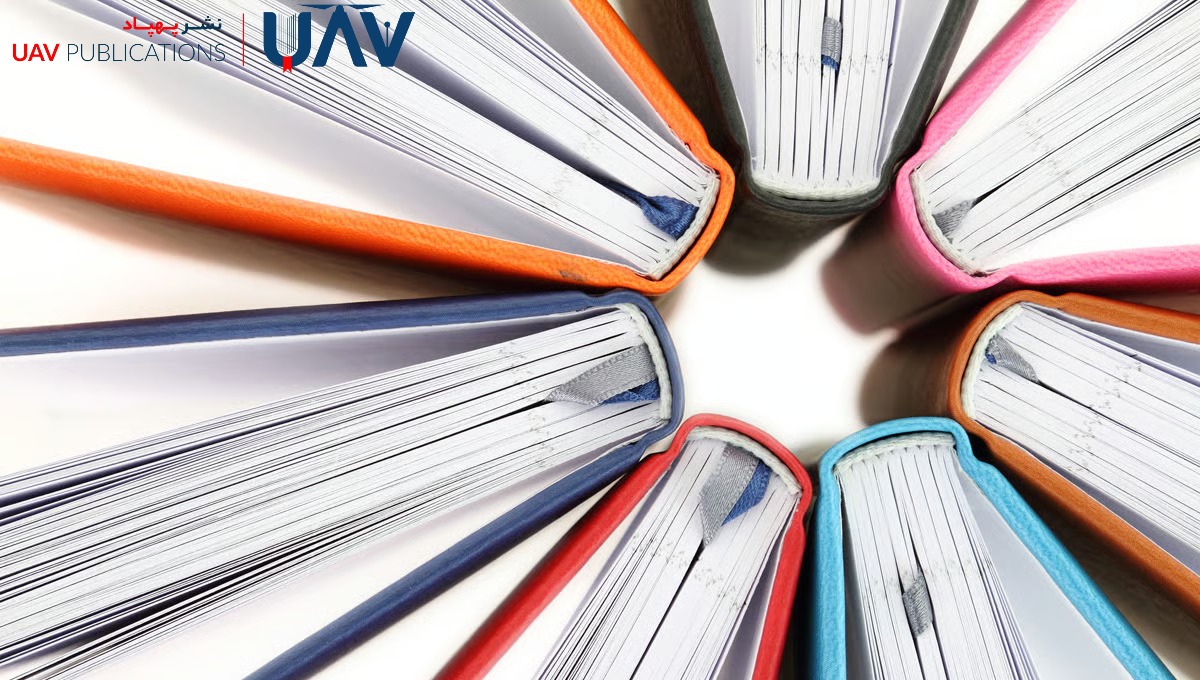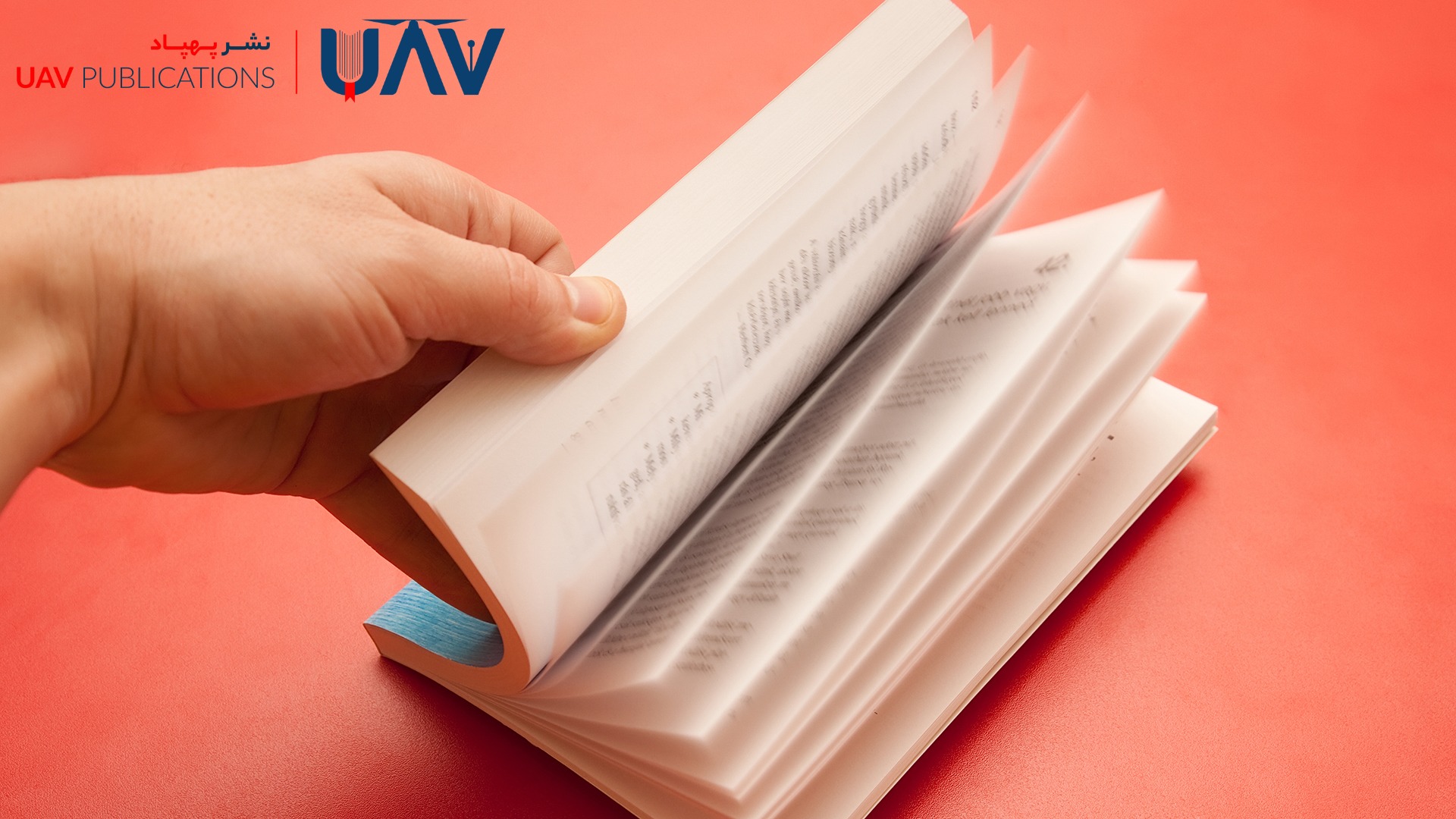Introduction to Speed Reading Techniques
Speed reading is not merely a skill—it is a mental transformation in how one approaches information. In a world where the volume of content is ever-increasing and time is limited, the ability to read quickly and effectively has become a vital necessity. Contrary to common belief, speed reading is not synonymous with superficial reading. Its true aim is to enhance comprehension within a shorter period. Through the acquisition and consistent application of specific techniques, one can train the mind for more efficient reading, abandon unproductive habits, and derive greater enjoyment from the reading experience.
This article presents a curated selection of essential speed-reading techniques. When practiced diligently, these methods can transform reading into a faster, deeper, and more purposeful activity.
The Importance of Speed Reading Techniques
In today’s fast-paced world, where information proliferates at an unprecedented rate, the ability to read both rapidly and effectively has become an indispensable skill. People encounter vast quantities of text daily—from academic articles and business reports to books and online content. Traditional reading methods, although once sufficient, are now often time-consuming and mentally taxing, thereby reducing overall productivity.
Speed reading techniques offer a scientifically grounded response to this challenge. These methods aim to increase reading speed without compromising comprehension. Far from promoting shallow reading, speed reading trains the mind to focus on key information while conserving cognitive energy by disregarding trivial details. By simultaneously engaging both the brain and eyes, these techniques foster greater synchronization between input and processing. With regular practice, readers can absorb and retain more information in a shorter amount of time. Thus, speed reading is not merely a time-saving tool—it is a gateway to sharper intellect and more innovative learning.
Understanding the Structure of Texts
One of the foundational principles of speed reading is the ability to grasp the structure of a text. Most texts follow a common framework—introduction, body, and conclusion. Recognizing this framework enables the reader to extract essential ideas quickly while avoiding unnecessary details.

For example, in academic writing, crucial information often appears in the opening or closing sentences of paragraphs. In contrast, narrative texts may gradually reveal central themes throughout the story. The ability to identify these patterns develops with experience and deliberate practice.
Another effective strategy is performing an initial scan of the text. Skimming titles, subheadings, images, and tables can help determine which sections warrant in-depth reading. This method enhances both time efficiency and comprehension. Ultimately, the goal of speed reading is not solely to increase pace but to achieve a balanced harmony between speed and understanding. Understanding text structure lays the groundwork for achieving this balance and enables the successful application of more advanced techniques.
Expanding Visual Span
A hidden barrier to faster reading is the limitation of one’s visual span. Many readers process only one or two words at a time, resulting in frequent eye movements and mental fatigue. To improve reading speed, one must expand one’s visual field so that the eyes can capture several words—or even entire phrases—at each glance.
Training tools such as vertical word columns, flashcard exercises, and specialized software can help strengthen this skill. The human brain possesses a remarkable capacity for visual processing; the key is to unlock and channel that potential through deliberate practice.
Additionally, minimizing regressive eye movements—that is, the habit of unintentionally rereading previous text—can significantly enhance visual span. Using visual guides, such as a finger or pen, to direct the eyes can prevent these regressions. By gradually increasing visual coverage and eliminating unnecessary motions, readers can achieve maximum efficiency with minimal effort—a particularly valuable asset when tackling lengthy or time-constrained readings.
Eliminating Subvocalization
Subvocalization—the silent pronunciation of words during reading—is a common but limiting habit. It restricts reading speed to that of spoken language, typically around 150–200 words per minute, whereas the eyes and brain are capable of much faster processing.

To break this habit, one must first recognize it. If you hear an internal voice articulating words as you read, subvocalization is present. Tools like moving a pen or finger rapidly beneath lines of text can encourage the eyes to move faster, leaving the inner voice behind. Listening to instrumental music while reading can also help reduce reliance on inner speech.
Practicing with familiar, simple texts accelerates the transition from vocalized reading to direct visual-to-meaning comprehension. With time and consistent effort, this change can double or even triple reading speed, all while enhancing focus and memory retention. Eliminating subvocalization, when combined with other speed-reading strategies, significantly enhances reading performance.
Using a Visual Guide
The visual guide is one of the simplest yet most effective tools in speed reading. It can be as basic as a finger, pen, or a strip of paper used to trace under lines of text. This technique guides the eyes along a controlled path, minimizing erratic movements and improving focus.
Naturally, the human eye tends to jump across the page, especially when faced with dense or dull material. A visual guide aligns the eyes with a consistent rhythm, discouraging backward glances that often stem from distraction or overanalysis. As proficiency grows, the speed of the guide can be gradually increased, encouraging the eyes to keep pace.
In early stages, it’s recommended to practice with moderately challenging texts, progressing over time to more complex material. In most professional speed reading courses, the visual guide is introduced as a core technique—and for good reason: it builds the discipline essential for sustained, high-speed reading.
Strengthening Working Memory
Speed reading is not just about rapid eye movement or abandoning old habits; it also requires a brain capable of swiftly processing new information. This capability largely depends on the strength of working memory—the part of short-term memory responsible for holding and manipulating data in real-time.
Working memory can be trained through targeted exercises such as reverse counting while reviewing content, short-term word and number memorization, and logic-based games like Sudoku or puzzles. These activities enhance the brain’s ability to categorize and store information for later use.
Equally important are proper nutrition, sufficient sleep, and a distraction-free environment. Many who struggle to retain content despite reading quickly suffer from weak working memory. Therefore, if the goal of speed reading is not just speed but also retention and comprehension, strengthening working memory must be an integral part of the training regimen. When combined with other techniques, this approach can vastly enhance study effectiveness.
Setting a Purpose Before Reading
One of the most effective ways to enhance both speed and comprehension is to establish a clear purpose before starting to read. When you know precisely what you’re seeking—be it answers to a question, key data points, or a general understanding—your mind actively filters out irrelevant information and locks in on core concepts.

This mental alertness dramatically improves reading efficiency. For instance, asking yourself questions such as “What hypothesis is being tested?” or “What are the study’s conclusions?” before reading a scientific paper primes your mind to engage more deeply with the material.
Writing down goals or pre-formulating questions can sharpen focus and deepen understanding. Like a roadmap guiding a journey, setting a purpose prevents aimless wandering through the text and ensures that each reading session is goal-oriented and efficient.
Prioritizing Content
In the age of information overload, it is neither possible nor practical to read everything. Prioritizing content is a crucial component of speed reading. Before starting any text, identify your objective: Are you aiming for deep understanding, a quick review, or searching for a specific point?
Once your purpose is defined, determine which parts deserve full attention and which can be skimmed. Tools such as reviewing the table of contents, scanning headings, or previewing pages can provide a helpful overview, allowing for more strategic allocation of reading time.
This prioritization reduces cognitive fatigue, saves time, and sharpens focus on high-value content. It organizes the mind, eliminating distractions and aligning reading with clear intentions.
Enhancing Comprehension
Speed reading is only beneficial when accompanied by accurate understanding. Some fear that reading faster means understanding less, but in truth, a more active mental state often improves comprehension.
Effective strategies include summarizing after reading, posing internal questions during the process, and visualizing concepts. Making connections between ideas, structures, and examples deepens insight. Challenging oneself with slightly advanced texts can also incrementally build comprehension skills.
The more actively engaged the brain is in interpreting content, the better it understands and remembers it.
Practicing with Varied Texts
Reading a variety of materials—scientific, literary, journalistic, or technical—exposes the mind to different structures and vocabularies. This exposure enhances mental flexibility and fortifies speed reading skills across diverse contexts.
Scientific texts require categorization and focus, whereas narrative pieces emphasize visualization and the interpretation of subtext. Training with varied content helps the eyes adjust to rapid
scanning and the brain to swift analysis. It also expands vocabulary and improves sentence structure recognition.
Scheduling regular sessions with unfamiliar or challenging texts is strongly recommended for building cognitive agility.
Consistent and Gradual Practice
Like any skill, speed reading demands consistent and gradual training. Expecting dramatic improvements overnight is unrealistic. However, dedicating even 15–20 minutes daily to practice can yield steady progress in speed and comprehension.
Using progress charts, tracking words per minute, and conducting weekly comprehension reviews enhances motivation and focus. Above all, patience is essential; the brain requires time to rewire itself and replace old habits, such as subvocalization.
Steady, thoughtful practice—combined with timely feedback—is the key to mastering speed reading and unlocking its full potential.

